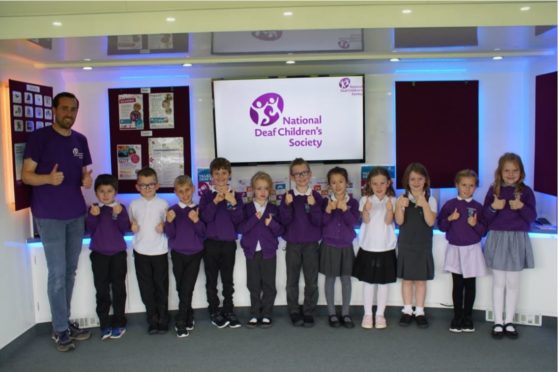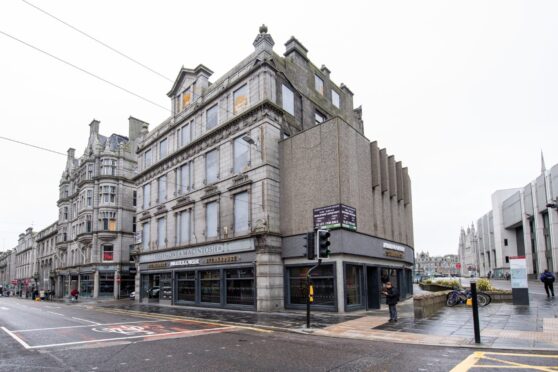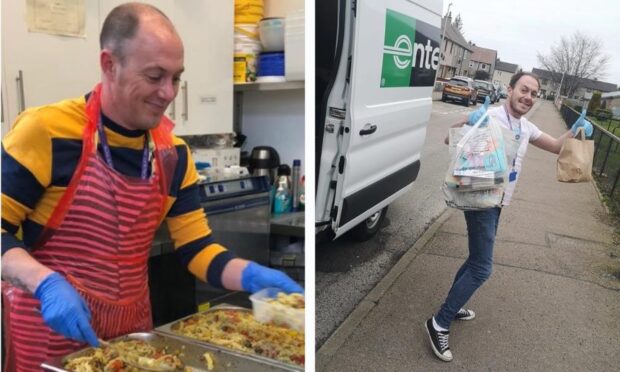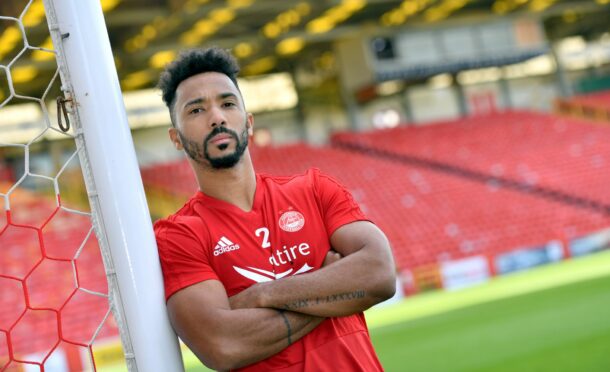Youngsters at an Aberdeen school were given lessons on how to communicate with their deaf classmates – who can often “feel left out” due to a lack of understanding about the condition.
An bright purple, eight-tonne lorry transformed into a travelling classroom outside Glashieburn Primary in Bridge of Don to carry out the session with pupils.
There are 111 deaf children in Aberdeen, two of whom go to Glashieburn, and their classmates learned the finger-spelling alphabet and how to get their attention during a series of workshops and demonstrations.
Designed for deaf children and other young people, the activities focused on building confidence and self esteem.
Mark Gill, development officer for the roadshow, is deaf himself so knows firsthand about the problems the condition can create.
He said: “The roadshow has such a fantastic impact on the lives of deaf children and young people.
“By sharing information and developing everyone’s understanding of deafness, we are working towards a world without barriers for every deaf child.
“Having something like this for schools is very important. Especially in this school that has two deaf children.
“Those deaf children can feel left out, struggle with their education, work and friendships.
“We aim to make a positive impact and share information with friends and teachers. This can make a huge difference for deaf children in mainstream schools.”
One of the most popular parts of the workshop was the technology section.
The team provided a demonstration of different products that are aimed at making the lives of deaf people easier.
This includes a vibrating alarm clock that comes with a pad to put under your pillow and a flashing door bell that gains the attention of someone via light. Both of the devices have been engineered to help deaf people lead an independent life.
Mr Gill added: “Most importantly, we want to remind every deaf child that they have incredible potential and should be aiming high. With the right support, they can do anything anyone else can do.”
The roadshow was designed with the help of 100 children and young people. It is run by The National Deaf Society and funded by the Scottish Power Foundation.
Some of their top tips for communicating with deaf children are to speak clearly and naturally, be visual, use gestures and to never give up.










